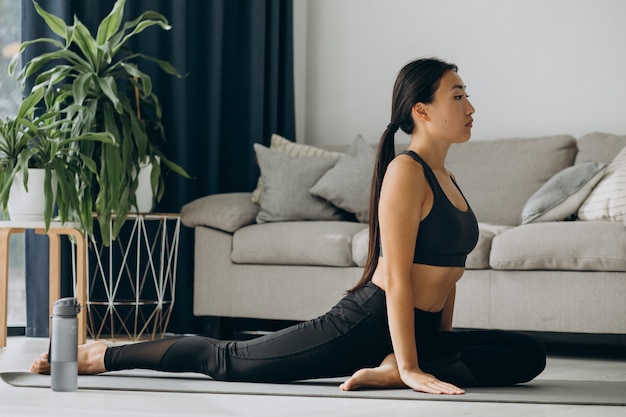
A yoga body isn’t just about flexibility; it can also boost memory, heart, and bone health, says Anna Magee. Our love for yoga is undeniable, with Brits spending £790 million annually on classes and gear. While some modern yoga practices, like rage yoga or dog yoga, might seem odd, scientific research is backing up the numerous benefits of yoga.
A study from UCLA found that a three-month yoga and meditation course was more effective than memory exercises in reducing age-related brain changes. Another study showed improved sleep in breast cancer survivors who practiced yoga.
Lucy Edge, a 53-year-old former advertising executive, turned to yoga during a deep depression. Forgoing prescribed anti-depressants, she took a six-month break and traveled to India to practice yoga. She returned not with the “yoga goddess” body she had imagined, but with a newfound sense of happiness and contentment. Now, she writes about yoga and runs Yoga Meds, part of her website Yogaclicks.com, which lists over 300 clinical trials showcasing yoga’s benefits for various conditions.
Yoga’s benefits extend beyond the mind. For memory improvement, a UCLA study involved 25 adults over 55 who participated in 12 weeks of yoga and meditation. They showed better spatial and visual memory improvements, reduced depression and anxiety, and increased resilience to stress compared to those who only did memory exercises.
For heart health, yoga could be just as effective as conventional exercise. A 2014 review in the European Journal of Preventative Cardiology suggested yoga might lower heart disease risk similar to brisk walking. Stress reduction through yoga can help lower blood pressure and heart rate, reducing the likelihood of blood clots.
Practicing yoga can also alleviate back pain. Sarah Shone, a physiotherapist and yoga teacher, developed yoga classes for a rehabilitation program with an 87% success rate in reducing pain. Yoga targets pelvic floor muscles and can increase bone density, making it beneficial for conditions like incontinence.
If you’re new to yoga, it’s essential to choose the right mat and props. A thicker mat can cushion joints and reduce pain. Consider factors like portability, size, and thickness when selecting a mat.
Lastly, various yoga styles cater to different needs and levels:
– Yin or Restorative Yoga: Gentle poses under candlelight using blankets and bolsters.
– Vinyasa Flow Yoga: Energetic and dance-like, linking postures to breath. Suitable for beginners with adaptable moves.
– Iyengar Yoga: Focuses on alignment and uses props; great for detailed practice.
– Anusara Yoga: Originating in LA, this style combines alignment with flowing movements to upbeat music.
– Yoga Therapy: Tailored to help heal injuries or illnesses with specially trained teachers.
Give yoga a try and find the style that works best for you. Whether you’re looking to improve memory, reduce stress, or get moving, there’s a yoga practice that fits your needs.

